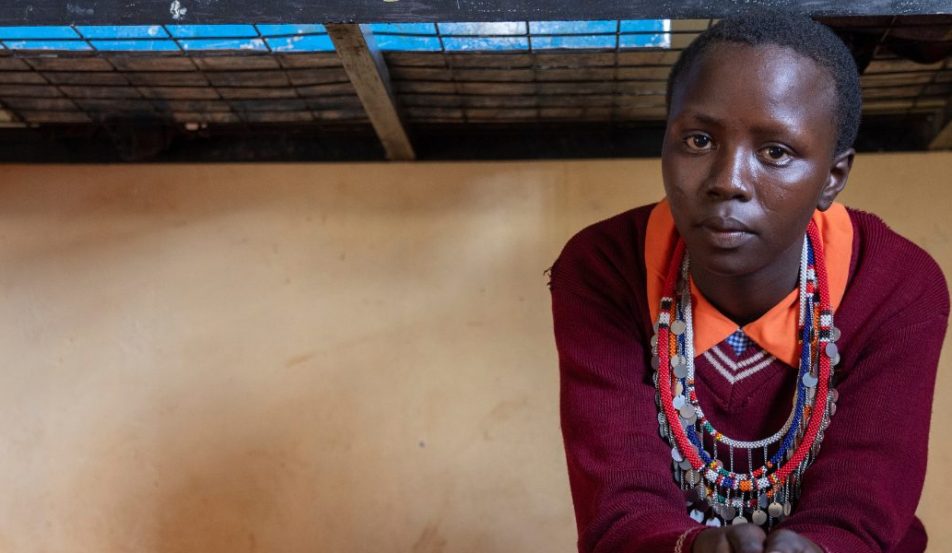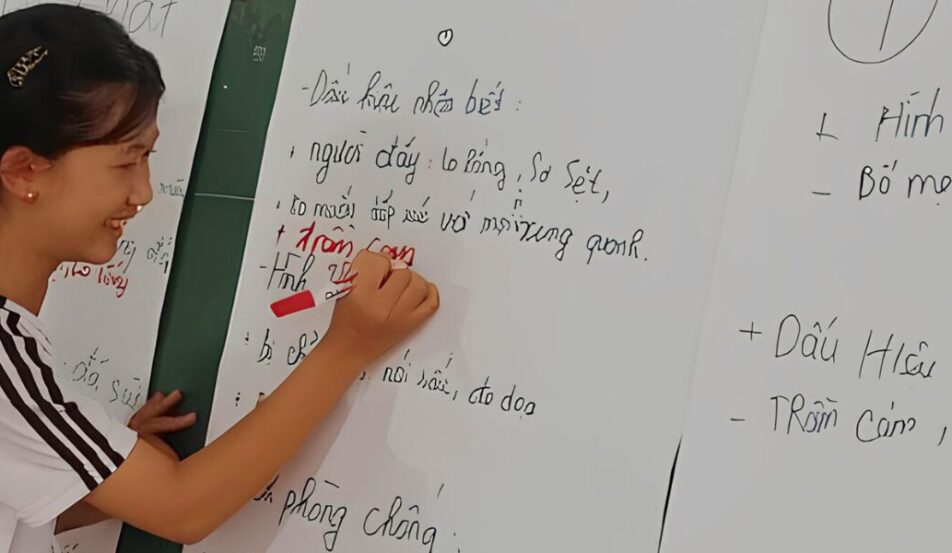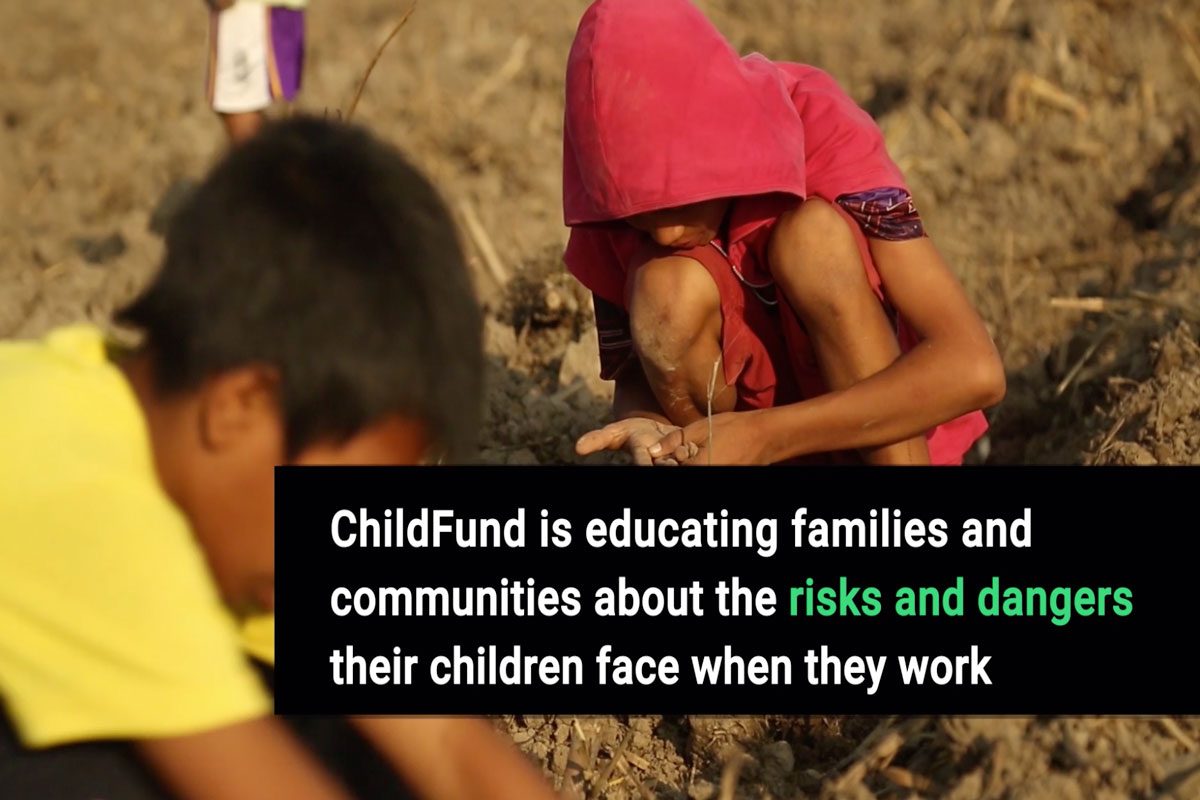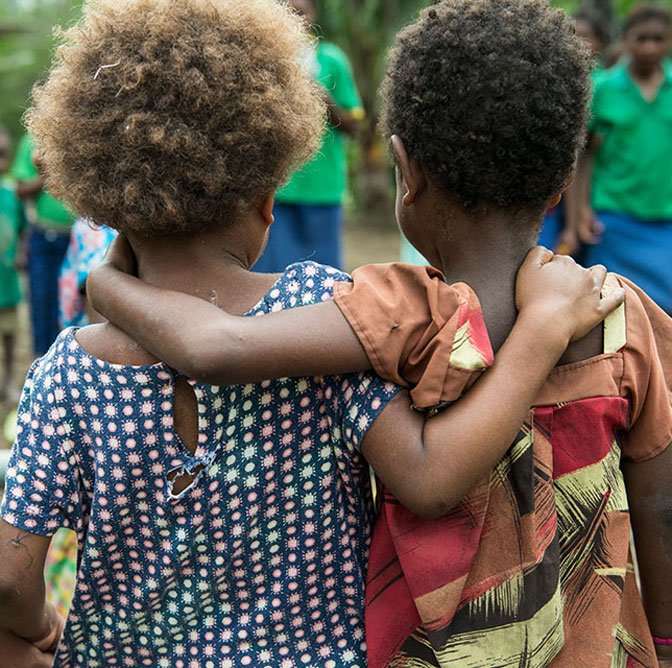How child labour affects children around the world
At ChildFund we believe all children should grow up feeling cared for, encouraged and valued, no matter where they live.
Every child should explore, learn and thrive, and be able to reach their potential.
Unfortunately, many children around the world grow up in an environment of fear, unable to have the childhood they need. Millions of children are forced to work in dangerous conditions when they should be learning and growing in the safety of a classroom.
Despite laws to protect children and a steady decline in child labour across two decades, about 160 million children around the world are still working too early. Over the past few years, the economic toll of conflicts, crises and the COVID-19 pandemic forced more children into the workforce. Many children in vulnerable circumstances left school to work to support their families.
Below we take a look at how 160 million children around the world are affected by exploitation as child labourers.
Many children work in agriculture, construction and other hazardous jobs
Of the 160 million children in child labour, 79 million are in hazardous jobs. Agriculture, construction and manufacturing are some of the main industries employing children. In these industries children can be exposed to toxic chemicals, expected to operate dangerous machinery, and expected to work long hours and risk abuse.
Seventy per cent of child labourers are in the agriculture sector. When children work they often have to drop out of school, or their education suffers as a result of the additional responsibilities they have outside of school.
“In my life, I am happiest when I go to school, and see my classmates having fun,” said Phhuong, from Cambodia who dropped out of school in Grade 6 to help her younger brother continue his education.
“When I see my friends going to school, I feel very regretful. “I am not able to meet them any more. We used to play together.”
Without an education, or with a limited education, children are more likely to end up low-paid jobs which decreases their chances to escape poverty.
Older children are expected to work to provide for their younger siblings
In the world’s poorest countries, one in five children is a child labourer.
In many cases, the eldest child in the family is the most vulnerable to child labour. As soon as they are old enough to work, they are expected to help provide for their younger siblings.
Children may be expected to work if their parents are unable to
Sometimes children living in poverty will have to work if a parent or caregiver is unable to work. This is what happened to Arum’s daughter Mony, who is 13 years old and working in a dangerous brick factory after her mother was injured at work.
“I don’t want my kids uneducated like me,” Arun said. “I want them to study so they’re able to find better jobs.
“But I didn’t know what to do when my wife could not help me out on family income.”
In most regions, girls and boys are equally likely to be engaged in child labour.
How has the COVID-19 pandemic impacted child labour?
COVID-19 shocked markets and economies around the globe. The resulting impact pushed millions of children living in developing communities into child labour. As parents became sick with COVID-19 or lost their jobs, children were forced to work to support the household. Not all children in developing communities returned to school once government lockdowns lifted and schools reopened. Children who did not return to school are at a high risk of engaging in child labour.
Get involved with World Day Against Child Labour
World Day Against Child Labour is a United Nations sanctioned observance that is held annually on 12 June. The observance raises awareness of child labour and encourages activism against child labour of all forms.
World Day Against Child Labour 2023 focuses on the link between social justice and child labour. The 2023 observance day looks at how child labour can be eliminated, if the root causes are addressed.
How can you get involved with World Day Against Child Labour?
If you’d like to get involved with World Day Against Child Labour, there’s a few ways you can join the conversation:
- Make a pledge: Encourage your organisation to make a pledge against child labour and how you will contribute to positive advances towards its reduction.
- Raise awareness: Share the new estimates for child labour or related resources on social media and raise awareness about the impact of COVID-19 on child labour around the globe.
- Start a conversation: Talk to family, friends, colleagues and others in your network about child labour.
- Fundraise for charity: Organise a charity fundraiser and donate the proceeds to an organisation that works against child labour, such as ChildFund Australia. No contribution to the cause is too small.
- Organise an activity: If you’re a teacher, you may wish to organise an activity at your school to raise awareness about child labour.
How you can help end child labour
ChildFund believes that ending the exploitation of children is inextricably linked to our poverty reduction work.
Poverty can result in more children becoming involved in harmful labour, rendering them vulnerable to trafficking, and increasing the likelihood of girls marrying at a young age.
ChildFund works with local partners, governments and communities to prevent and respond to the exploitation of children around the world. Donate now to help children experience a childhood in which they are nurtured, protected, and have opportunities.
You can also give to our COVID-19 emergency appeal, and help provide vital assistance for children impacted by the pandemic around the globe. You’ll help keep children safe during a crisis where children are at risk of being exploited.



































